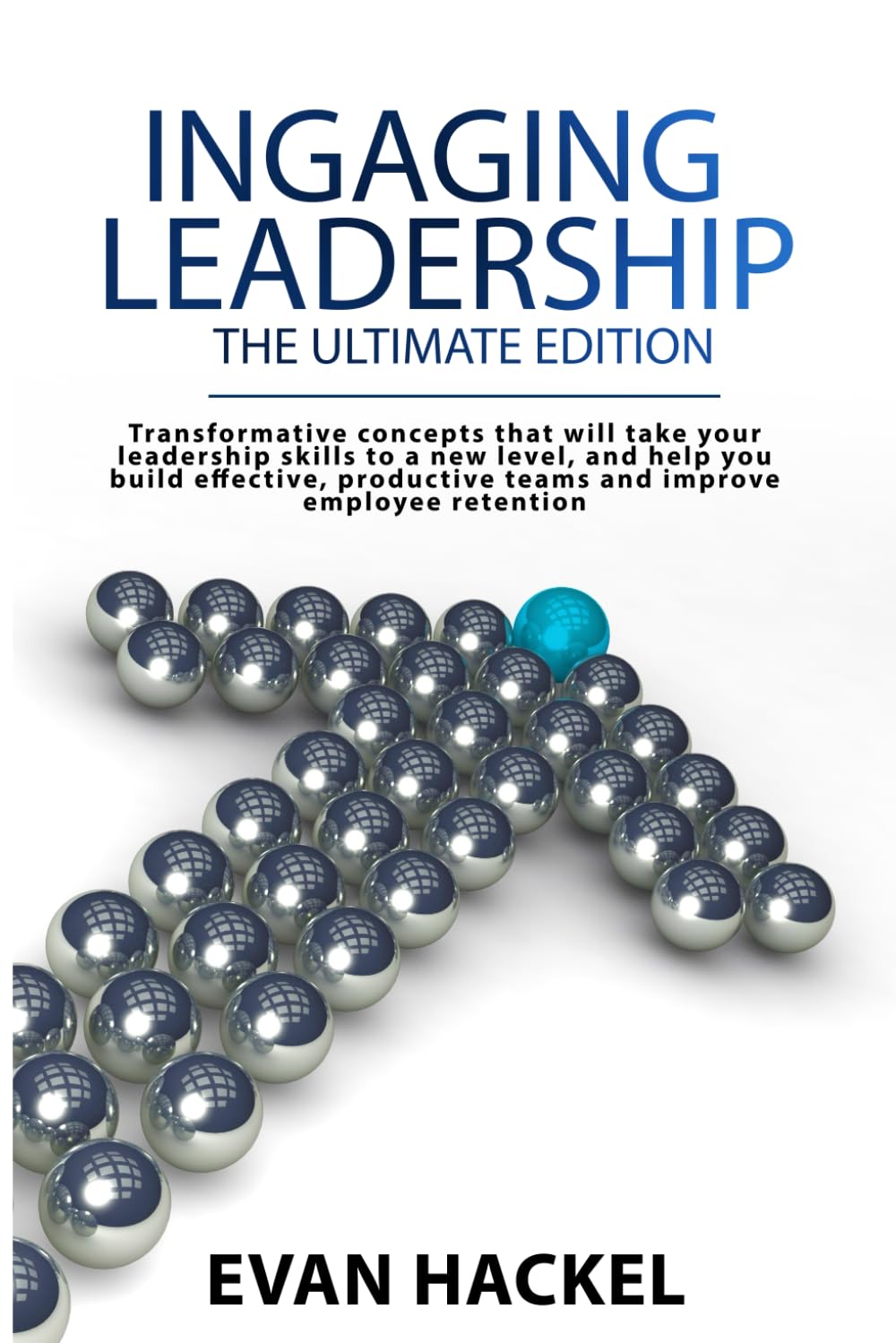The title alone might make you pause, right?
Strategic confusion—sounds like a problem for rookies, not seasoned CEOs. Yet, here we are, in a world where even the most experienced leaders find themselves caught in a fog of uncertainty. Imagine this: you’re sitting at the head of the table, the weight of your company’s future resting on your shoulders, and all you can think about is how unclear the path ahead seems.
Let’s get real for a moment. The modern business landscape is a battlefield, constantly shifting with new technologies, market dynamics, and global challenges. It’s no wonder that strategic clarity feels like an elusive myth. You might have the title, the corner office, and the respect of your peers, but if you’re battling strategic confusion, none of it feels enough.
Welcome to the reality of leadership today. This article isn’t just another guide. It’s a wake-up call, a deep dive into why strategic confusion is rampant among CEOs and, more importantly, how you can cut through the chaos to lead with razor-sharp precision. We’ll debunk some of the biggest myths about leadership, share real-life success stories, and give you actionable steps to reclaim your clarity.
So, strap in and get ready. It’s time to shatter the illusions and equip yourself with the tools and insights you need to navigate your leadership journey with confidence and clarity. Let’s dive into the chaos and emerge stronger, sharper, and more strategic than ever.
The Myth of Success
In the cutthroat world of business, there’s a pervasive myth that successful leaders are infallible, all-knowing beings. This couldn’t be further from the truth. Even the most accomplished CEOs face strategic confusion. The key is not avoiding uncertainty but learning to navigate through it. True success lies in recognizing and addressing these strategic blind spots rather than pretending they don’t exist.
Real-Life Success Stories
Case Study 1: Turning Strategic Fog into Crystal-Clear Vision
Meet Sarah Thompson, CEO of a fast-growing tech startup. Sarah was the epitome of success on the outside, but behind the scenes, she struggled with strategic confusion. Her company was expanding rapidly, and the pressure to innovate was immense. Yet, her strategic plans often felt like shots in the dark, and team cohesion was slipping.
Sarah turned to the RAMS framework, and the transformation was nothing short of remarkable. Through the Results phase, she learned to define clear, measurable outcomes for her company. This wasn’t just about setting goals—it was about knowing exactly what success looked like. With newfound clarity, Sarah’s decision-making became more precise and impactful.
During the Attitude phase, Sarah worked on cultivating a decisive mind state. This meant adopting a mindset of confidence and resilience, allowing her to make bold decisions without second-guessing. Her newfound attitude trickled down to her team, boosting morale and fostering a culture of decisiveness.
Mastery came next. Sarah invested in enhancing her strategic skills through continuous learning and applying cutting-edge insights from the RAMS program. She wasn’t just leading—she was mastering her craft. Finally, Systems helped Sarah implement effective processes that streamlined operations and improved team dynamics. The result? Her startup not only stabilized but thrived, with a 40% increase in productivity and a surge in innovative projects.
Case Study 2: From Boardroom Battles to a Unified Leadership
John Reynolds, CEO of a mid-sized manufacturing company, faced a different challenge. His executive team was a battlefield of conflicting visions and management styles. Strategic planning sessions often devolved into heated debates, and John felt he was constantly mediating.
Enter the RAMS framework. In the Results phase, John learned to set unified goals that aligned the entire executive team. This was a game-changer, as it provided a shared vision everyone could rally around.
The Attitude phase helped John and his team cultivate a collective mindset of collaboration and mutual respect. This shift in attitude transformed their interactions, turning conflicts into productive discussions.
Through Mastery, John and his executives engaged in advanced team dynamics workshops. They learned conflict resolution and collaboration techniques, which significantly improved their working relationships. Implementing new Systems ensured these improvements were sustainable. John introduced structured decision-making and conflict-resolution processes, reducing friction and increasing efficiency.
The impact was profound. The company saw a 25% increase in project completion rates and a notable improvement in employee satisfaction. For John, the most significant change was a newfound sense of peace. He no longer dreaded boardroom meetings—instead, he looked forward to them as opportunities for strategic growth and collaboration.
Case Study 3: Navigating the Storm with Strategic Clarity
Lisa Graham, a seasoned CEO of a healthcare company, found herself overwhelmed by the rapid changes in the industry. Regulatory shifts, technological advancements, and competitive pressures created a perfect storm of uncertainty. Despite her extensive experience, Lisa felt like she was constantly reacting rather than leading with a clear strategy.
The RAMS framework offered her a lifeline. By focusing on Results, Lisa redefined her company’s strategic objectives to be more agile and adaptable. This clarity allowed her to anticipate industry changes and pivot quickly when necessary.
The Attitude phase was transformative for Lisa. She embraced a proactive mindset, viewing challenges as opportunities rather than obstacles. This shift in perspective invigorated her leadership approach and inspired her team to adopt a similar outlook.
Mastery was about staying ahead of the curve. Lisa participated in monthly strategy sessions and continuous learning modules, which kept her informed about the latest trends and best practices. This knowledge empowered her to lead with confidence, even in turbulent times.
Finally, Systems helped Lisa implement robust processes for risk management and innovation. These systems ensured that her company remained resilient and forward-thinking, regardless of external pressures.
The results spoke for themselves. Lisa’s company not only weathered the storm but emerged stronger, with a 30% increase in market share and enhanced industry reputation. Her journey with the RAMS framework was a testament to the power of strategic clarity and proactive leadership.
From Vulnerability to Victory: How to Lead with Clarity – A CEO’s Guide to Overcoming Strategic Confusion
Let’s get straight: leadership isn’t about pretending you have all the answers. The biggest lie in the boardroom is that great leaders are infallible, omniscient beings. The reality? Even the most successful CEOs grapple with doubts and strategic confusion. And it’s about damn time we acknowledge it.
The Vulnerability Paradox
Here’s the controversial kicker: admitting to strategic confusion can be a strength. The traditional view of leadership glorifies unwavering confidence and decisiveness, but this is a misguided fantasy. True leadership embraces vulnerability. It’s about acknowledging the uncertainty and using it as a springboard for growth and innovation.
When was the last time you admitted to your team that you didn’t have all the answers? If you can’t remember, you’re not alone. The pressure to maintain an aura of invincibility is immense. But let me tell you, CEOs who openly confront their strategic uncertainties often find themselves more respected and effective. They cultivate a culture of transparency and continuous learning, far more potent than any façade of perfection.
The Myth of the Lone Genius
Another sacred cow we’re about to slaughter: the myth of the lone genius. The idea that a single visionary can steer the ship through every storm is not just outdated—it’s dangerous. It fosters a toxic culture of over-dependence and stifles innovation. Strategic clarity isn’t a solo sport; it’s a team effort.
Leaders who isolate themselves in decision-making processes miss out on the diverse perspectives and innovative ideas that their teams bring to the table. It’s time to dismantle the notion that CEOs must carry the weight of strategic direction alone. Effective leaders build and rely on strong, cohesive teams that contribute to a shared vision.
Debunking Perfectionism
Let’s talk about perfectionism—a trait often lauded in business circles but one that can be a CEO’s undoing. Pursuing perfect strategic plans can lead to paralysis by analysis, where decisions are delayed in the futile quest for flawless execution. Newsflash: perfection is an illusion. The market doesn’t wait for perfect plans, and neither should you.
Strategic clarity comes from making informed decisions, executing swiftly, and being agile enough to pivot when necessary. The RAMS framework advocates for results over perfection, emphasizing clear, actionable goals rather than unattainable ideals.
The Overvaluation of Expertise
Expertise is valuable, but over-reliance on it can be a crutch. The controversial truth is that sometimes, being an expert in your field can blind you to innovative solutions. CEOs with years of experience may find themselves stuck in their ways, resistant to new ideas that don’t fit their established paradigms.
Leading with clarity requires an openness to learning and adapting continuously. It means challenging one’s own expertise and encouraging fresh perspectives. The RAMS framework’s Mastery phase isn’t just about honing existing skills—it’s about embracing new ones and fostering a mindset of lifelong learning.
The Comfort Zone Fallacy
Finally, let’s address the fallacy of the comfort zone. Many CEOs operate within their comfort zones, sticking to familiar strategies and practices. But here’s the hard truth: real strategic clarity often lies outside your comfort zone. It requires taking risks, experimenting with new approaches, and sometimes, failing spectacularly.
The Systems phase of the RAMS framework is designed to push leaders out of their comfort zones. By implementing innovative processes and tools, CEOs can break free from stagnation and drive their organizations toward transformative growth.
Embrace the Uncomfortable Truths
The path to strategic clarity isn’t paved with certainties—it’s riddled with challenges and uncomfortable truths. But by embracing vulnerability, fostering team collaboration, debunking perfectionism, challenging expertise, and stepping out of comfort zones, CEOs can navigate the chaos with clarity and confidence.
So, let’s shatter the illusions and get real about leadership. It’s not about being the all-knowing, all-powerful figure at the helm. It’s about being a leader who’s bold enough to admit vulnerabilities, wise enough to seek diverse perspectives, and daring enough to venture into the unknown. That’s the true essence of leading with clarity.
Ultimately, leadership victory isn’t about having all the answers—it’s about having the clarity to find the right questions and the courage to seek the answers with your team. Embrace these controversial truths, and you’ll overcome strategic confusion and inspire a new era of transparent, collaborative, and effective leadership.
Actionable Steps for Overcoming Strategic Confusion
Here are seven practical steps to help you lead with clarity and navigate the often murky waters of strategic decision-making:
1. Conduct a Strategic Audit
Action: Take a step back and thoroughly audit your current strategies. How: Evaluate your company’s goals, objectives, and key performance indicators (KPIs). Identify what’s working, what’s not, and where there are gaps. Use data-driven insights to inform your analysis.
Relatable Tip: Think of this as decluttering your strategic closet—eliminate what doesn’t fit or serve you anymore.
2. Define Clear, Measurable Outcomes
Action: Establish specific, measurable, achievable, relevant, and time-bound (SMART) goals. How: Break down your broad vision into clear, actionable steps with defined outcomes. Ensure each goal aligns with your company’s long-term vision.
Relatable Tip: It’s like setting up a GPS for your business—know exactly where you’re heading and how you’ll know when you get there.
3. Foster a Culture of Transparency
Action: Promote open communication and transparency within your team. How: Regularly share strategic plans and progress with your team. Encourage feedback and foster an environment where everyone feels comfortable voicing their opinions and concerns.
Relatable Tip: Treat your team like a trusted group of advisors, not just employees. Their insights can provide valuable perspectives you might overlook.
4. Embrace Agile Decision-Making
Action: Adopt an agile approach to decision-making. How: Make decisions based on the best available information and be prepared to pivot as new data emerges. Implement regular review cycles to assess and adjust strategies as needed.
Relatable Tip: Think of this like sailing a boat—you need to adjust your sails according to the wind, not stick to a rigid course.
5. Invest in Continuous Learning
Action: Prioritize ongoing education and professional development. How: Attend industry conferences, enroll in leadership workshops, and engage with thought leaders. Encourage your team to do the same.
Relatable Tip: Stay curious and hungry for knowledge. The more you learn, the better equipped you’ll be to lead with clarity.
6. Utilize Decision-Making Tools
Action: Leverage technology and tools to enhance strategic planning and decision-making processes. How: Use data analytics, scenario planning software, and decision support systems to gain deeper insights and make informed choices. Relatable Tip: Think of these tools as the Swiss Army knife of strategic planning—they provide multiple functionalities to tackle various challenges.
7. Cultivate a Growth Mind State
Action: Focus on developing a mindset that embraces change, challenges, and continuous improvement. How: Practice resilience and adaptability. Encourage your team to view failures as learning opportunities rather than setbacks. Relatable Tip: Leading with a growth mind state is like training for a marathon—it requires dedication, practice, and the ability to push through obstacles.
Conclusion
Leadership in today’s fast-paced business environment demands more than just vision—it requires clarity, courage, and the willingness to embrace vulnerability and innovation. As we’ve explored, strategic confusion is a common challenge among CEOs, but it’s not an impossible one. By recognizing the myths, debunking outdated practices, and implementing the actionable steps outlined, you can confidently transform your leadership approach and steer your organization toward success.
Remember, clarity in leadership isn’t about having all the answers—it’s about being open to learning, adapting, and leading your team through uncharted territories with resilience and insight. Embrace the RAMS framework to enhance your strategic clarity: define clear outcomes, cultivate a decisive mind state, master your strategic skills, and implement effective systems.
Call to Action: The Adventure Call
Are you ready to shatter the fog of strategic confusion and lead your organization with razor-sharp precision? Now is the time to take decisive action and elevate your leadership to new heights. Join us for a transformative business consultation that will unlock your potential and give you the clarity you need to thrive.
Step into the CEO Impact Zone
Click here to schedule your consultation now and embark on your adventure to strategic clarity and success. This isn’t just a call—it’s the first step in your journey to becoming the visionary leader your organization needs. Let’s navigate the chaos together and turn vulnerability into victory.
Seize the opportunity today. Your path to clear, confident leadership starts now.





-668d9c79f2d58-1200x675.jpg)
-66798e051bf92-1200x675.jpg)



-6650d64dc4920.jpg)
-664b7ddd41ea5-1200x675.jpg)